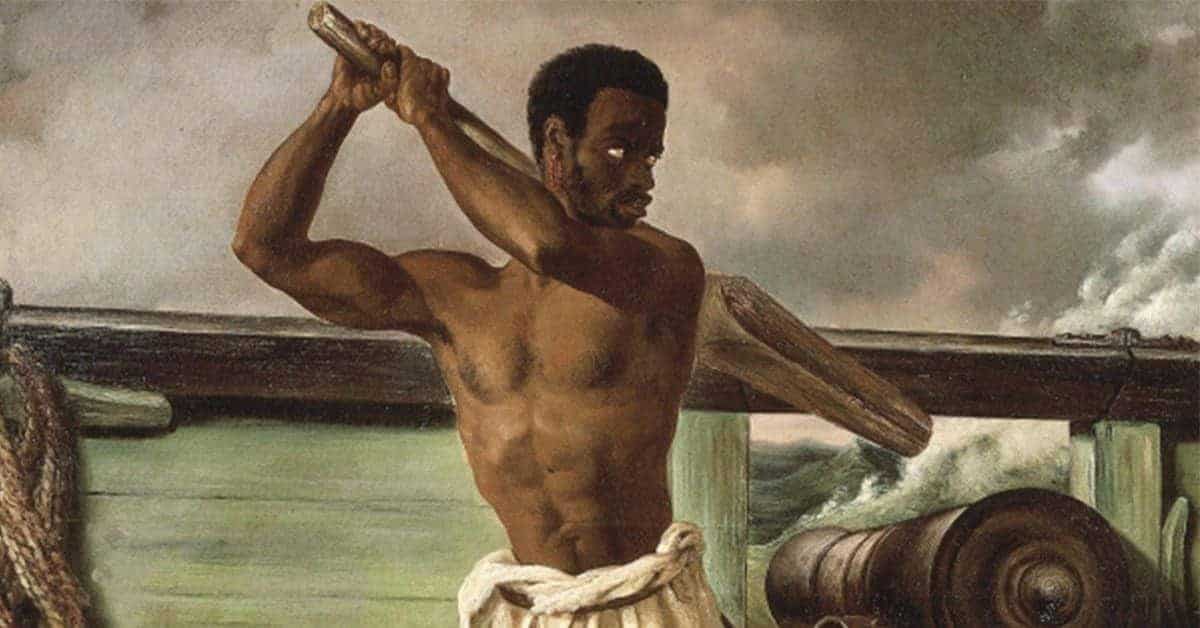The institution of slavery is as old as civilization itself. Wherever and whenever people have been kept in bondage some amongst their ranks have risked resisting captivity by rising up against their masters. Most slave revolts failed and often ended in the execution of rebellious slaves. In a few cases, however, slaves were able to win their freedom through violent resistance, and in the early nineteenth century, a spate of revolutions championed by enslaved peoples contributed to the alteration of the international slave trade and opened the way for general abolition.
1 – The Third Servile War – 73 BC to 71 BC
Spartacus, perhaps the most famous slave of all time, hailed from Thrace just beyond the borders of the Roman Republic. He fought for the Romans for a time, but after deserting his position he was captured by legionaries and made a slave. Due to his martial prowess, his captors elected to mold him into a gladiator, sending him to train at Lentulus Batiatus’s gladiatorial school in Capua. There he honed his lethality, learning to fight with the gladius and forming personal connections with other would-be gladiators who strained at the notion of giving their lives to amuse a Roman crowd.

In 73 BC this contingent of disaffected trained killers turned their skills upon their masters. Seventy of them rose up within the gladiatorial school. Fighting at first with little more than kitchen utensils, they managed to break out and capture real weapons from the school’s arsenal before making for the countryside. Free from captivity, the small band scoured the area around Capua for more slaves to fill out their ranks, expanding their numbers enough that they were able to repulse a Roman legion sent to end the rebellion. Having bested a legion, the slave army relocated to Mount Vesuvius.
At Vesuvius, the rebels selected Spartacus along with his compatriots Crixus and Oenomaus to lead them. From there they hoped that they might secure passage to Sicily, which had already witnessed two major slave revolts in living memory, in order to expand their following. The Roman Senate responded by raising eight legions under the command of Marcus Licinius Crassus to crush the rebellion, later to be joined by the legions of the legendary Pompey as well. In 71 BC this overwhelming force cornered Spartacus’s army and destroyed it. The 6,000 surviving rebels would be crucified, their bodies lining the road all the way from Rome to Capua.

